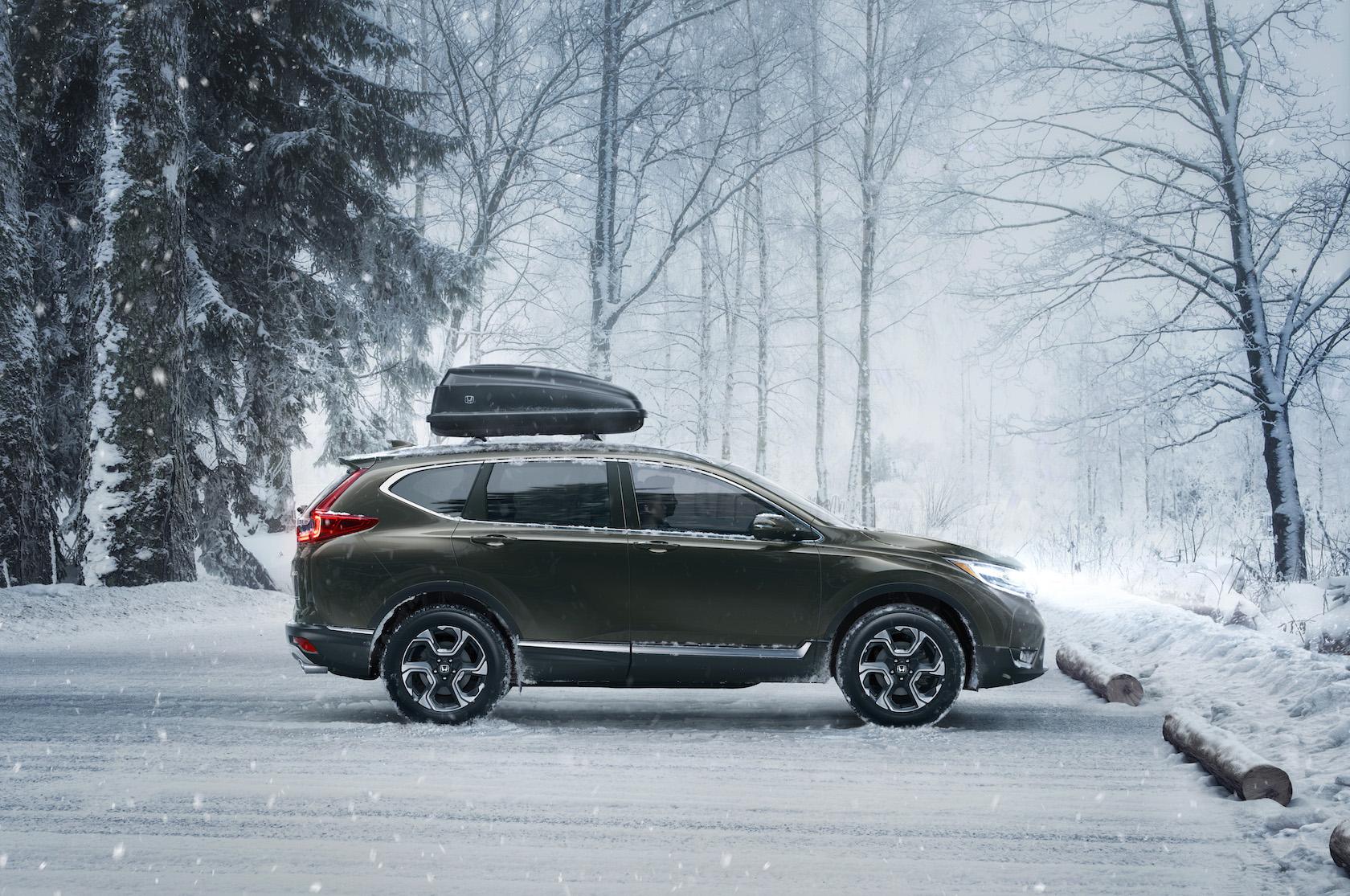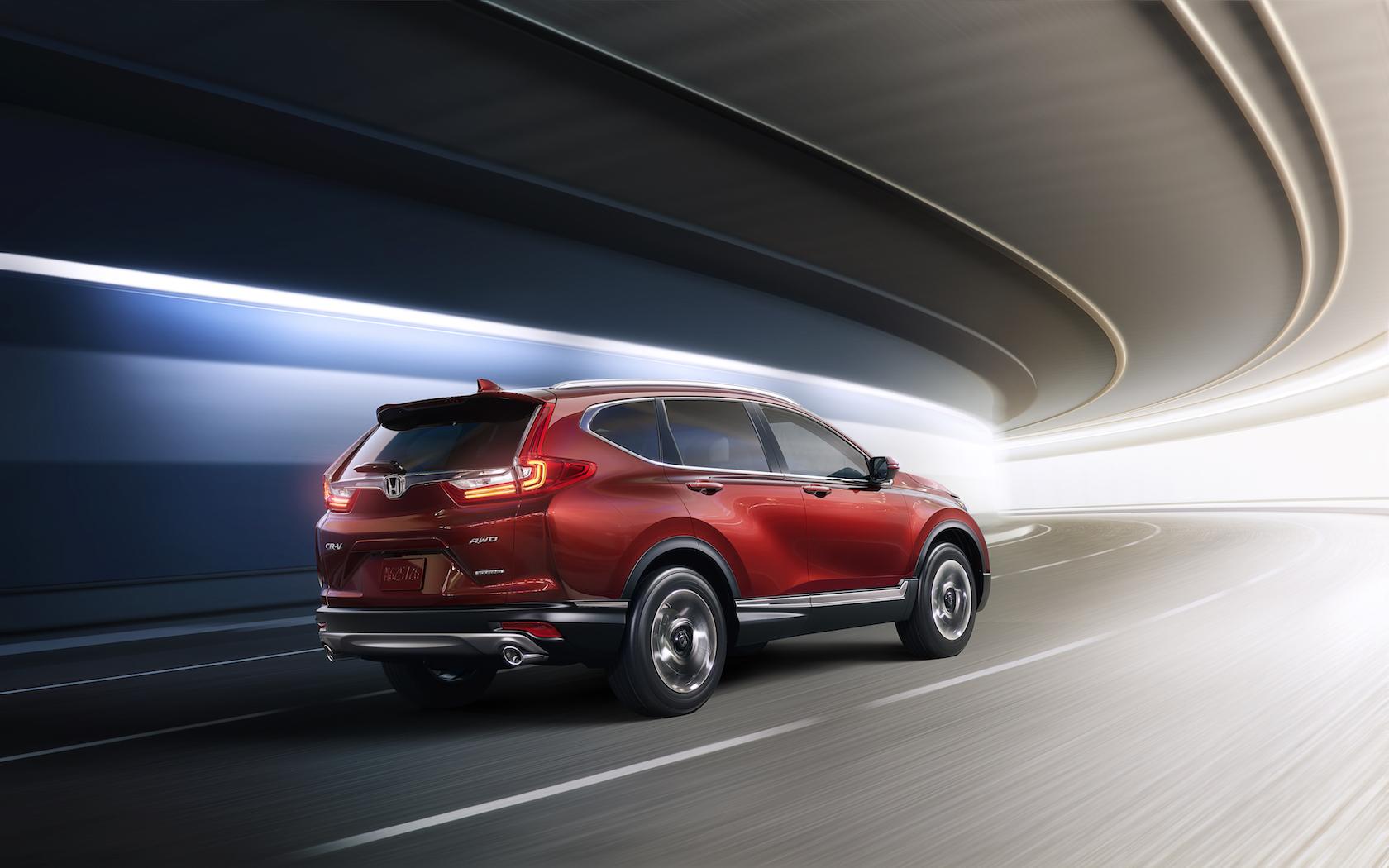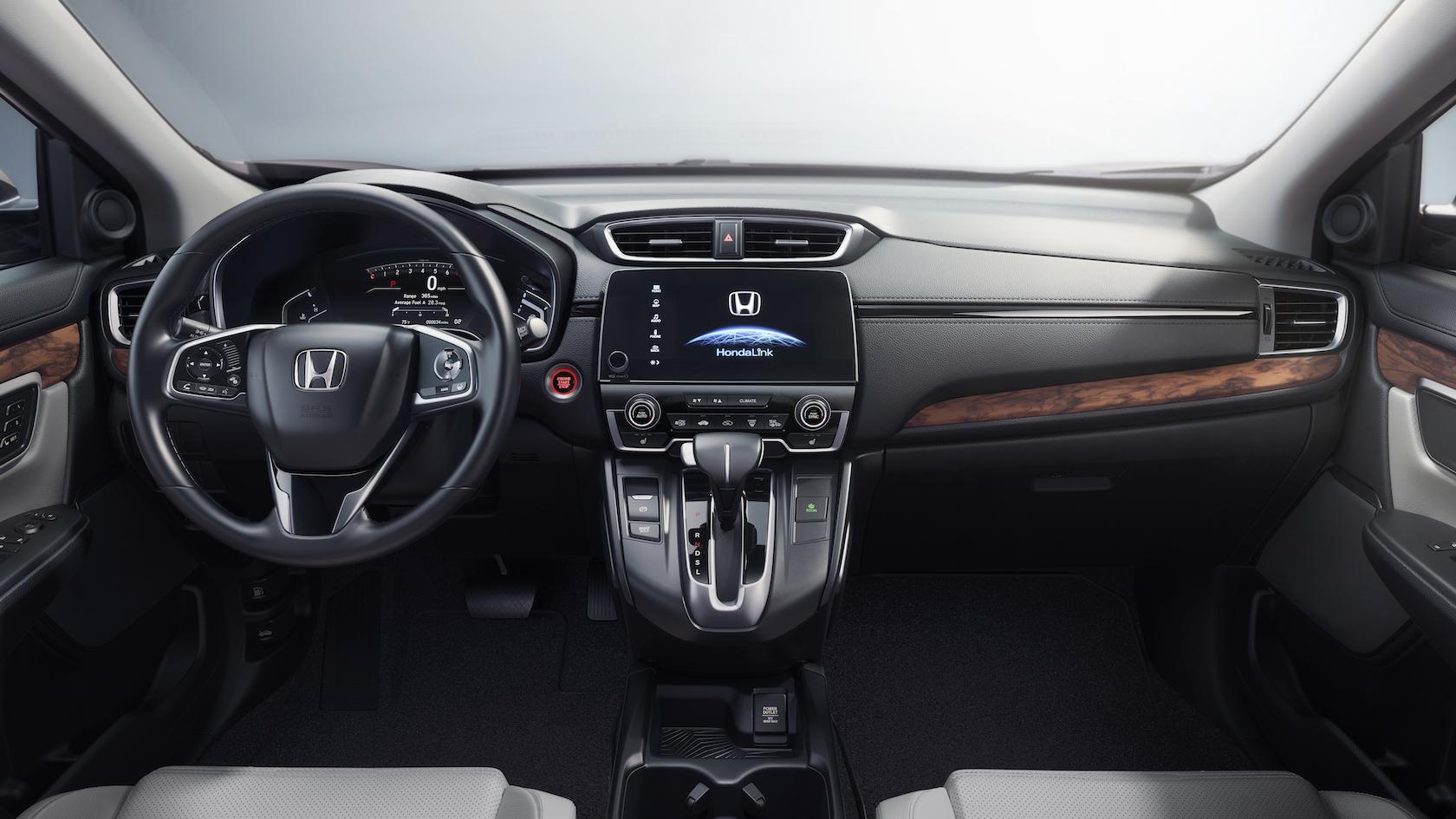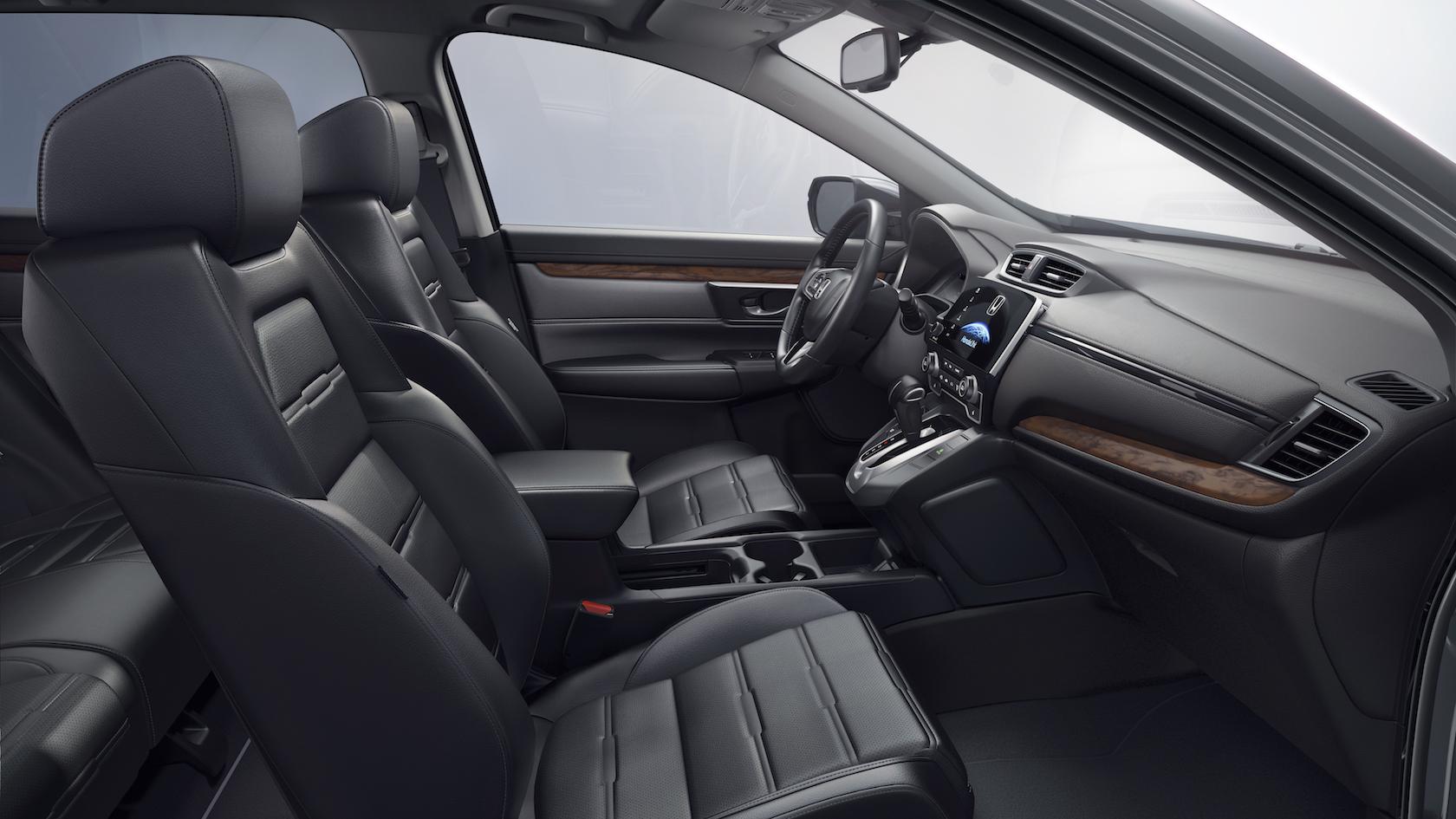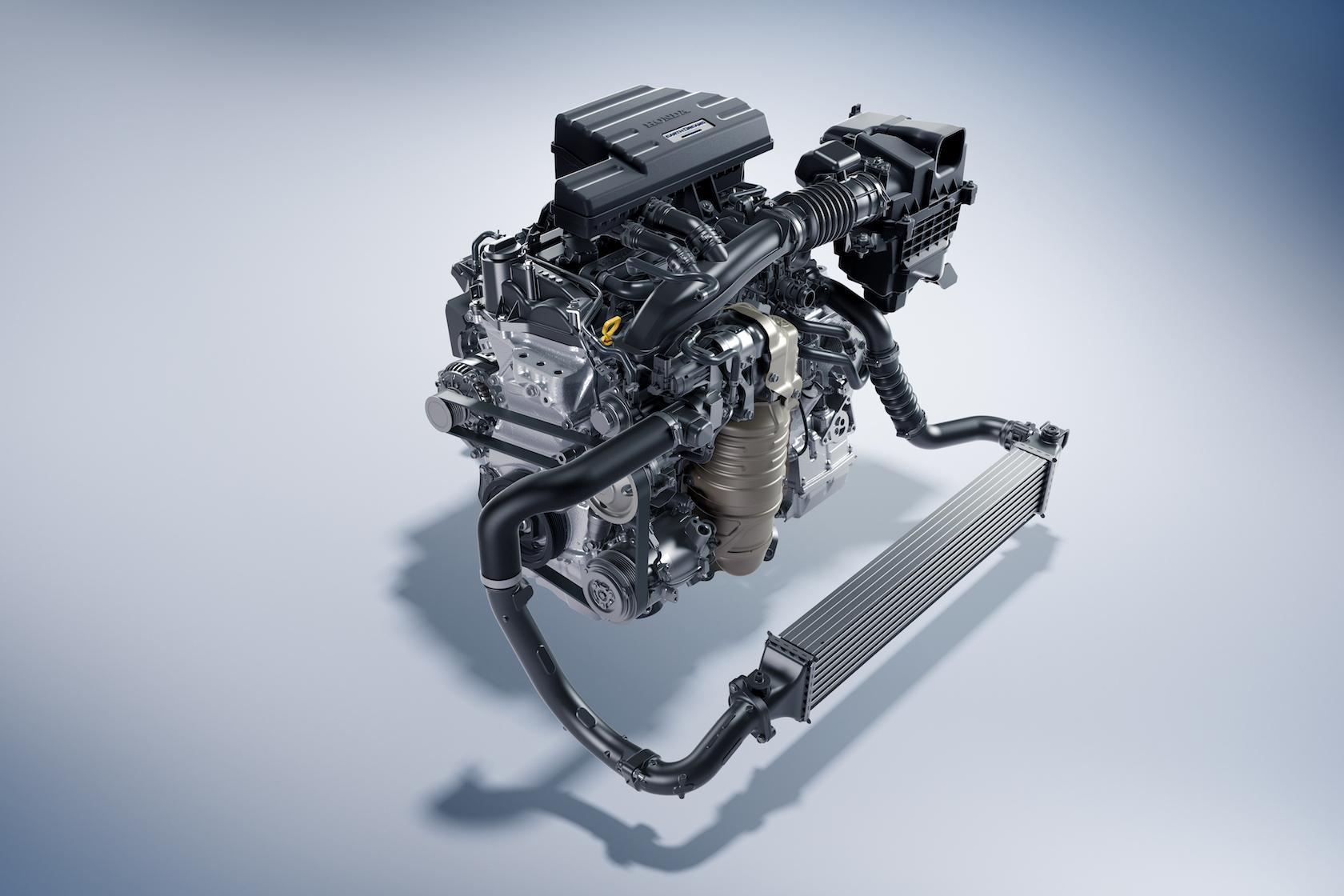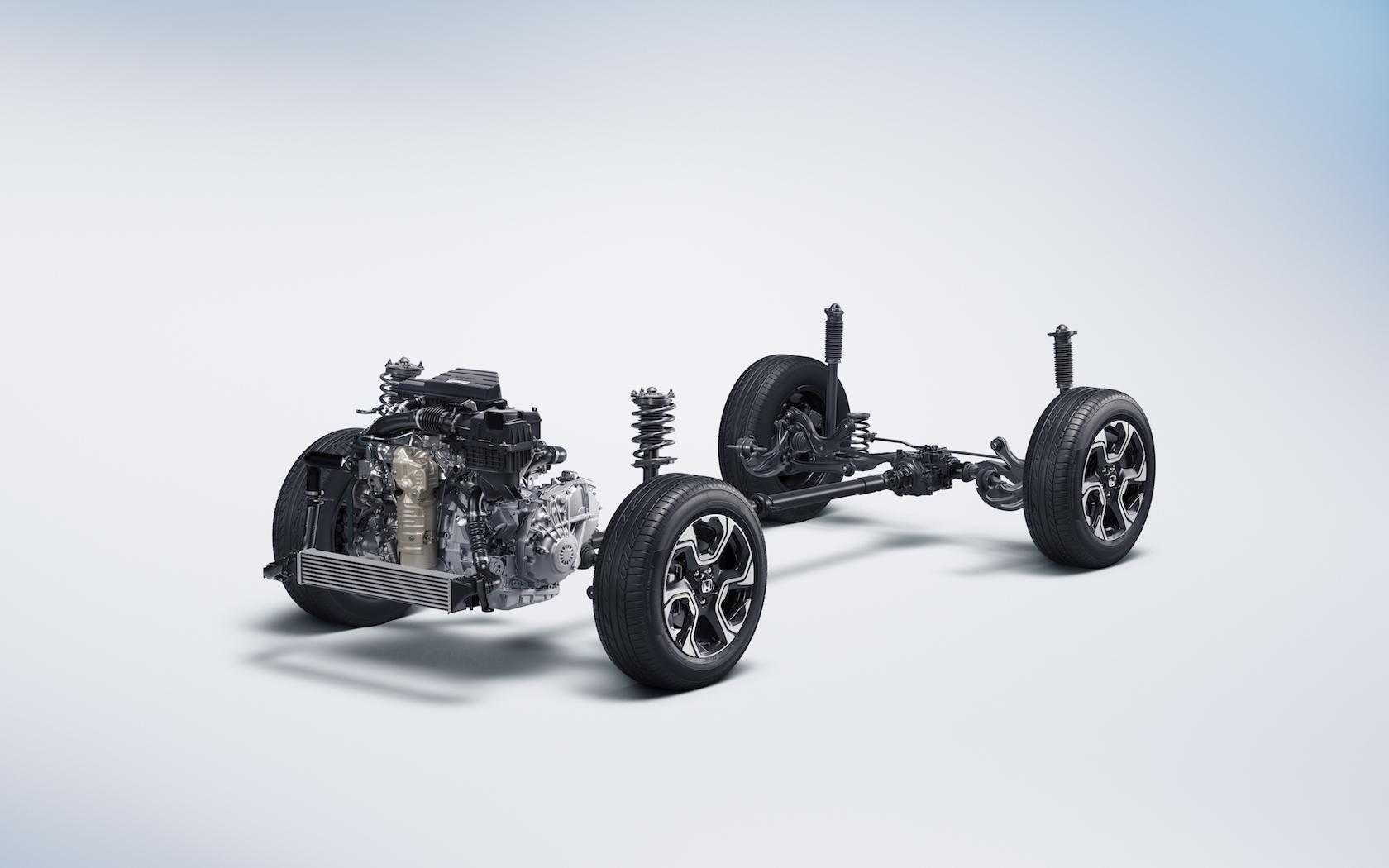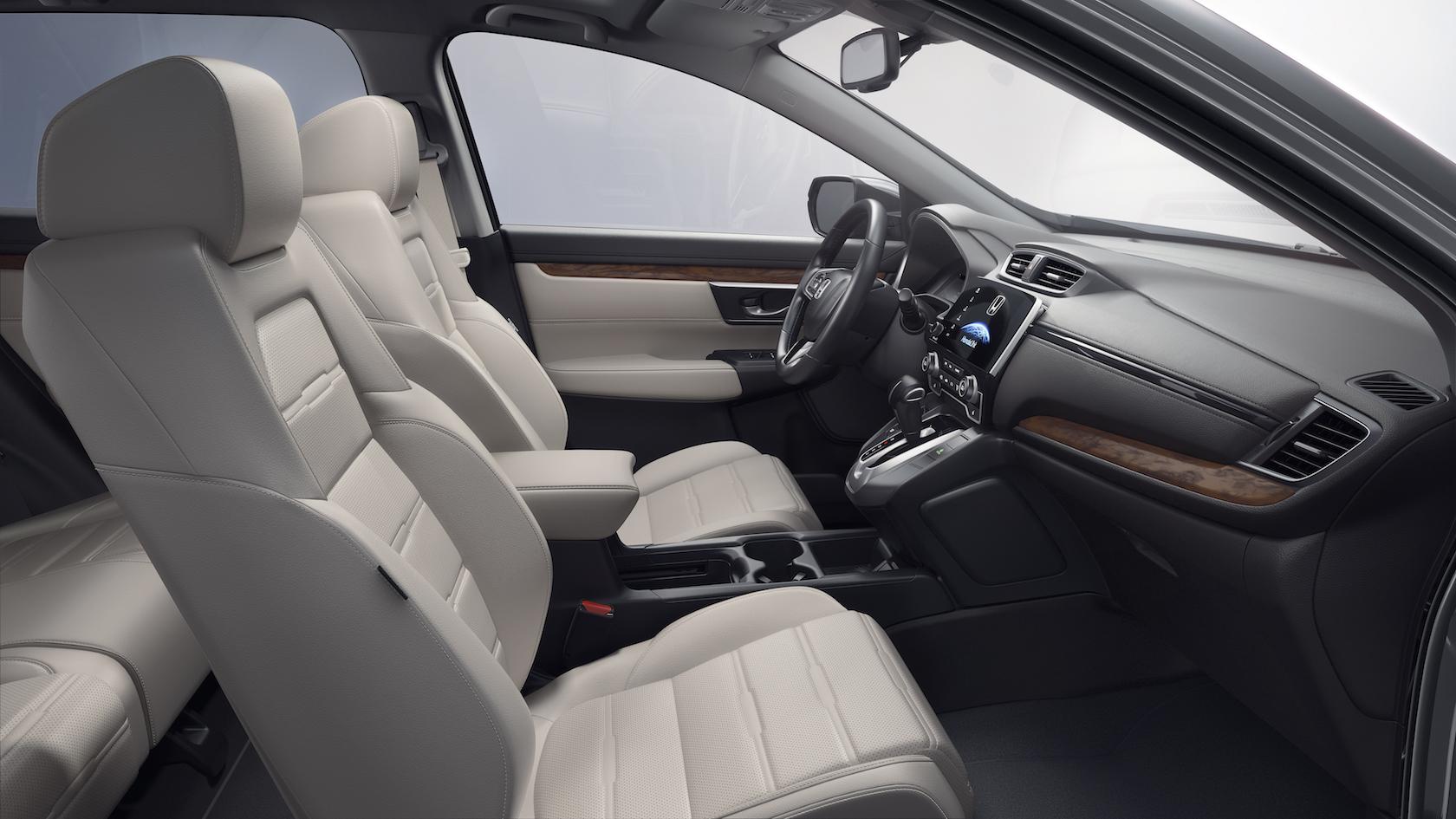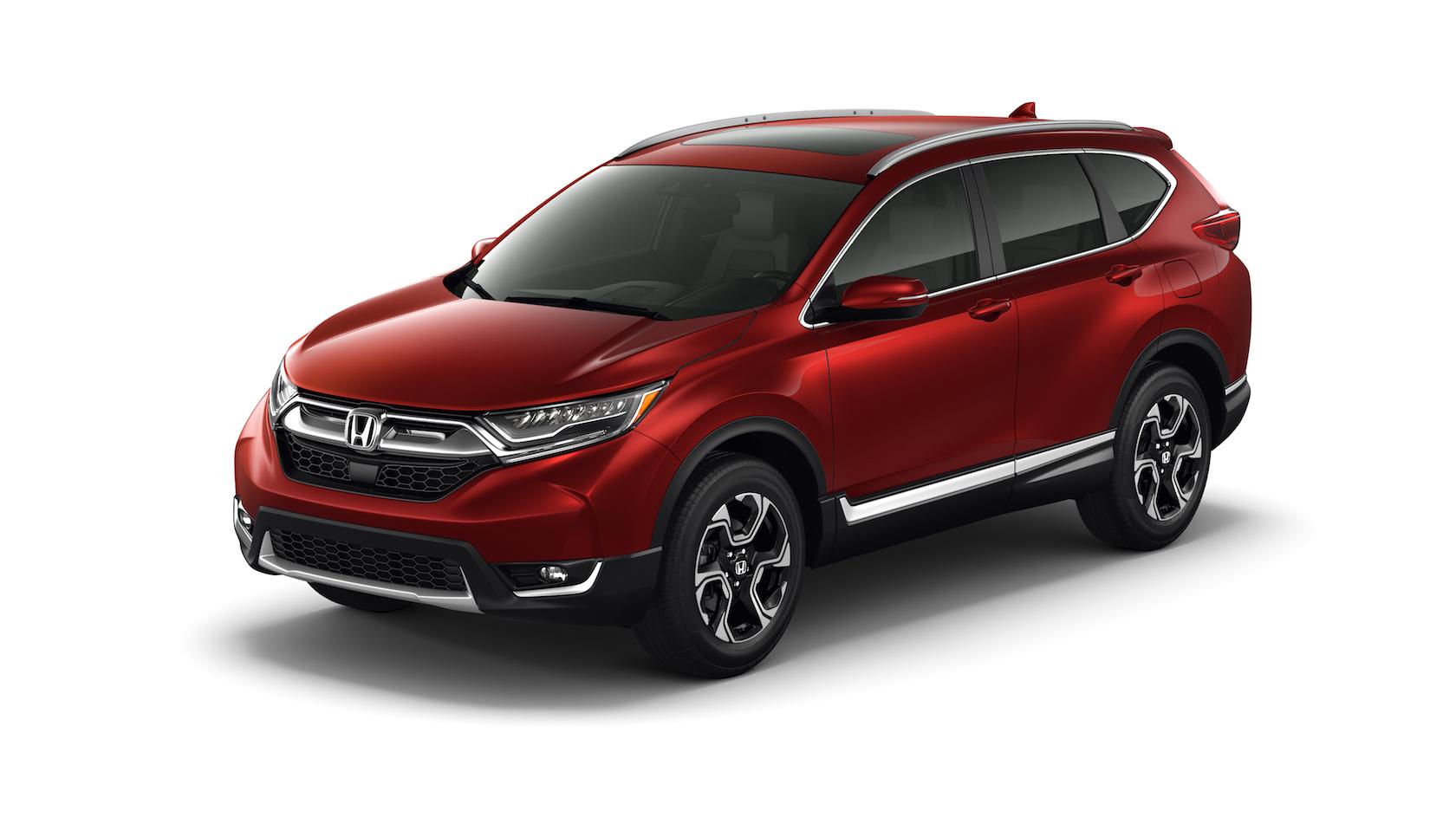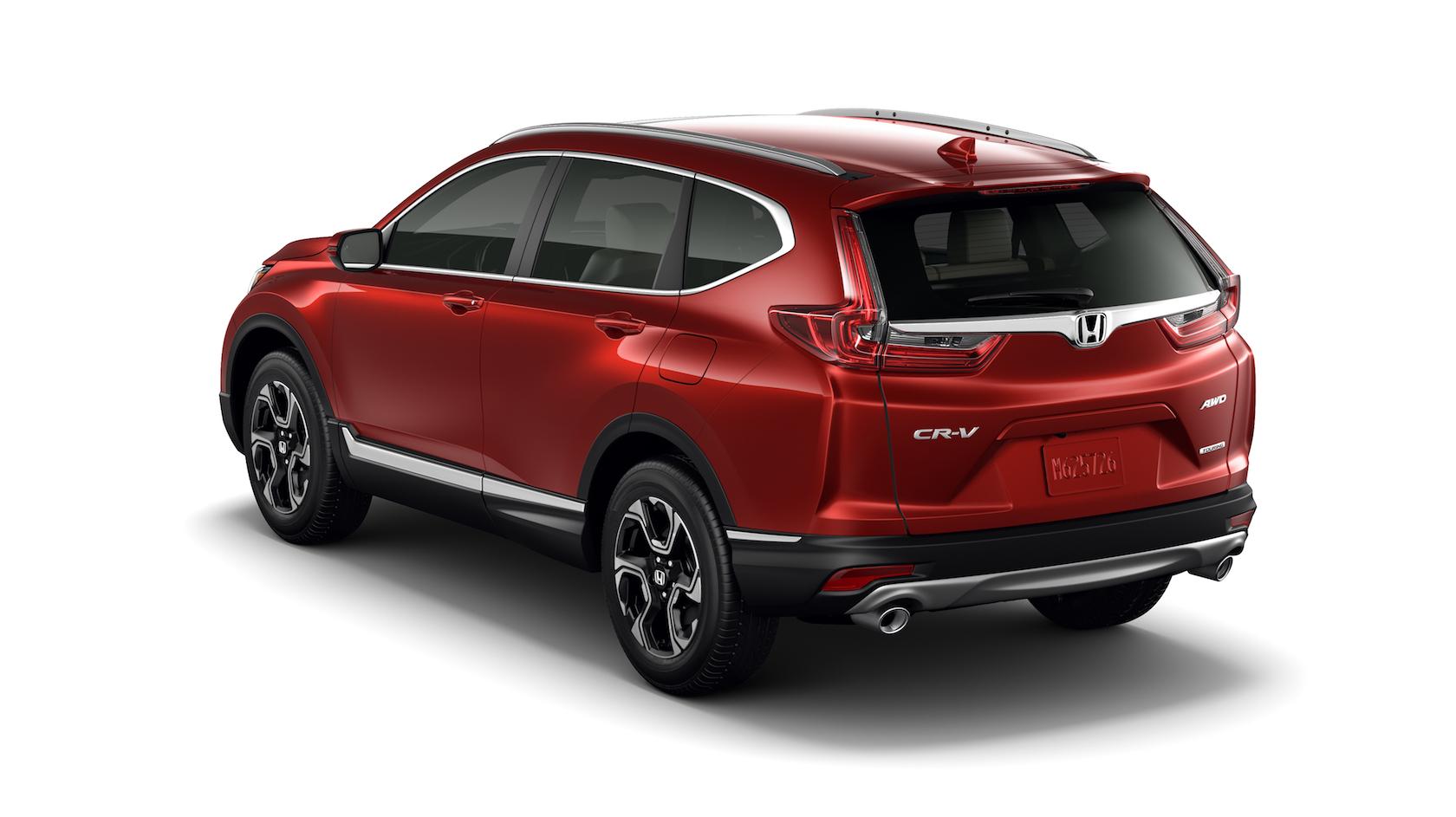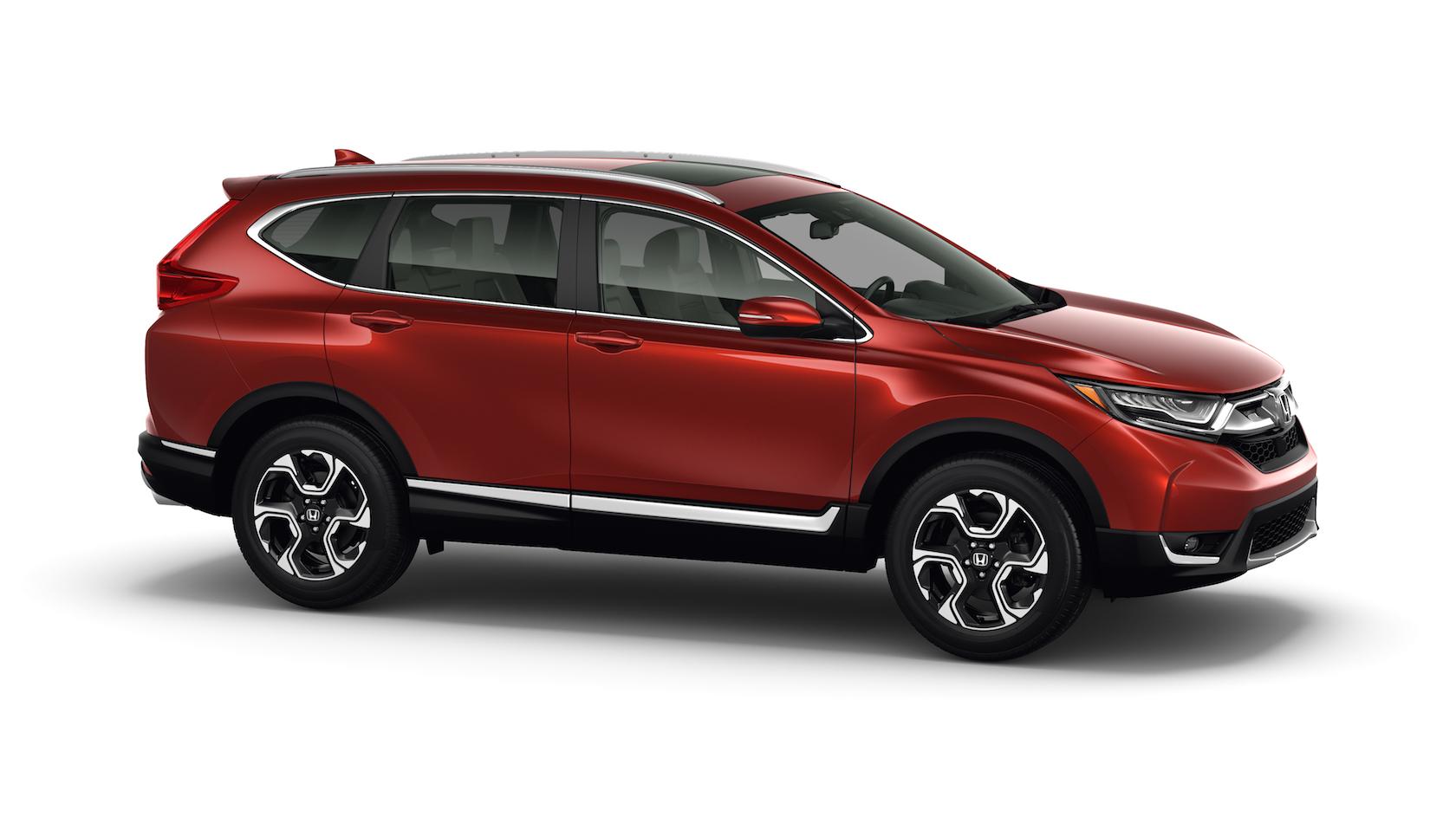5 Ways The 2017 Honda CR-V Beats The Old Best-Selling SUV
Messing with a working formula can be dangerous, but Honda believes it has the recipe to beat its best-selling SUV with this, the all-new 2017 CR-V. Introducing a turbocharged engine for the first time to the crossover, borrowed from Honda's latest Civic, the 2017 CR-V also ticks the next-gen infotainment boxes with both Apple CarPlay and Android Auto as options. The Japanese automaker is also promising a nice bump in economy numbers, though we'll have to wait to find out exactly how much.
Honda says that its fifth-generation SUV will appear in showrooms this coming winter, and expectations for the CR-V are understandably high. It's been the best-selling model in its class, in the US, for the past two decades. In fact, almost four million have sold in the US alone since 1997.
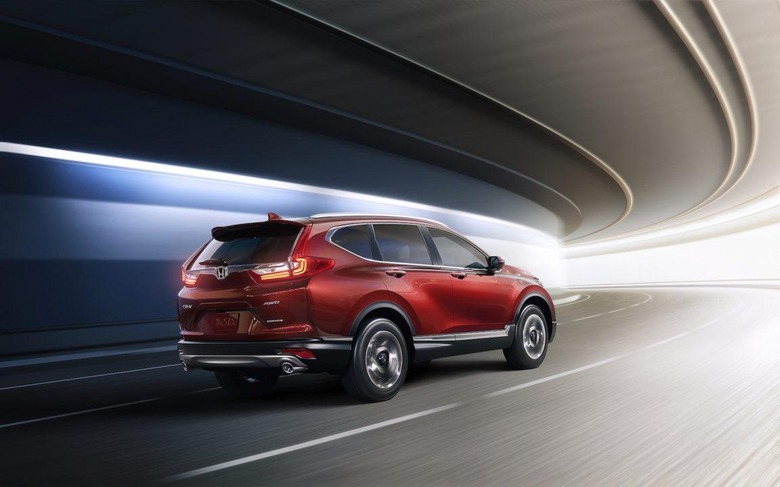
With SUVs and crossovers the hot space in automotive right now, however, competition for that top-spot is fierce, and Honda couldn't afford to rest on the 2015 refresh of the CR-V. That added Honda Sensing, the company's suite of active safety technology, to select trims in the range.
Unsurprisingly, the 2017 CR-V keeps those features, including Collision Mitigation Braking (CMBS) with Forward Collision Warning (FCW) and pedestrian sensing capability, Road Departure Mitigation (RDM) with Lane Departure Warning (LDW), Adaptive Cruise Control (ACC) with low-speed follow, and Lane Keeping Assist (LKAS).
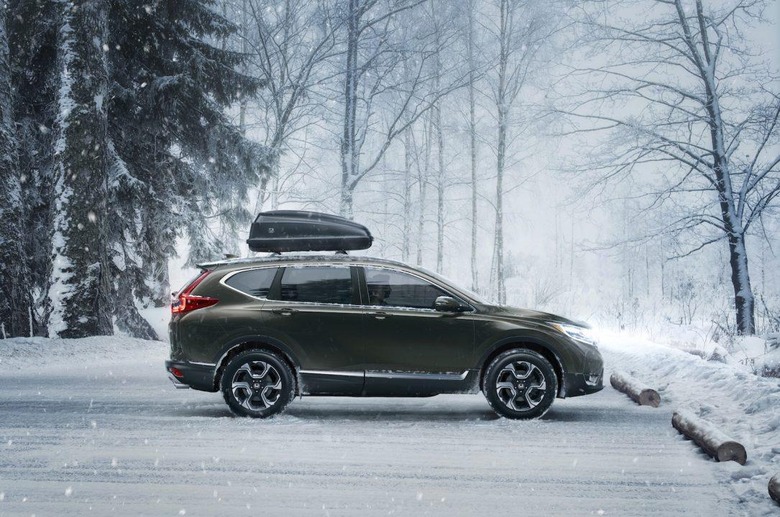
However, it also gets new abilities, though not on every model. Honda Sensing will be standard on EX trim cars and above, while there'll also be options for Blind Spot Information (BSI), Rear Cross Traffic Monitor (CTM), and Auto High Beam (HSS) headlights on the order sheet. Pricing will be announced closer to the car's launch at the end of the year.
There's a brand new turbocharged engine option
For the past twenty years, every CR-V in the US has relied upon a naturally-aspirated engine, but that's changing for 2017. Honda is borrowing the 1.5-liter DOHC, direct-injected and turbocharged in-line 4-cylinder from the award-winning Civic for the SUV. It's tuned for 190 horsepower, but also is expected to give the 2017 CR-V a better score in the EPA's economy tests.
Final numbers on that front will be released closer to the car's appearance on dealership forecourts. All Honda is saying today is that they should be "the highest EPA fuel economy ratings in the compact SUV class."
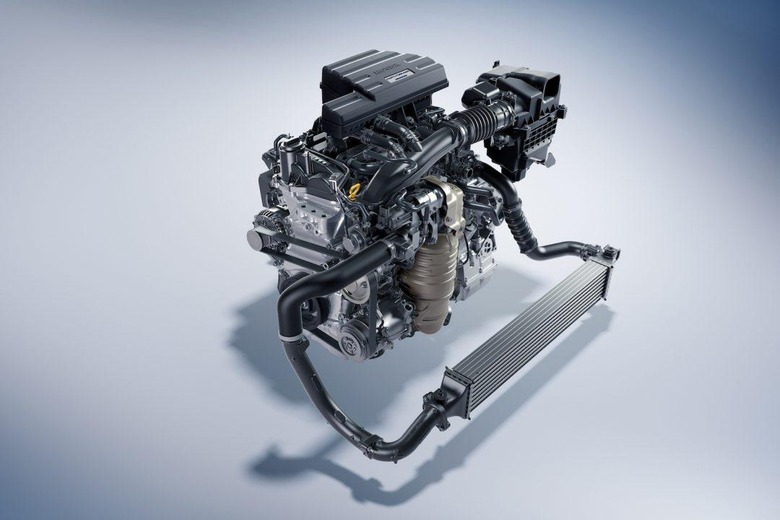
Meanwhile, the CR-V LX trim will get a larger, though not turbocharged, 2.4-liter DOHC, direct-injected i-VTEC engine. Both versions will have a continuously variable transmission (CVT) that uses Honda's G-Shift control logic, in addition to front MacPherson strut and rear multi-link suspension. FWD and AWD will be offered, and ground clearance is up over the existing model.
The 2017 CR-V can adjust its smile
The SUV's fascia is all new versus the outgoing car, but it also hides a special secret: it can move. For the first time, Honda has implemented an Automatic Shutter Grille System which can effectively adjust the gape of the opening. Closed, it improves aerodynamics, while open it boosts engine cooling.
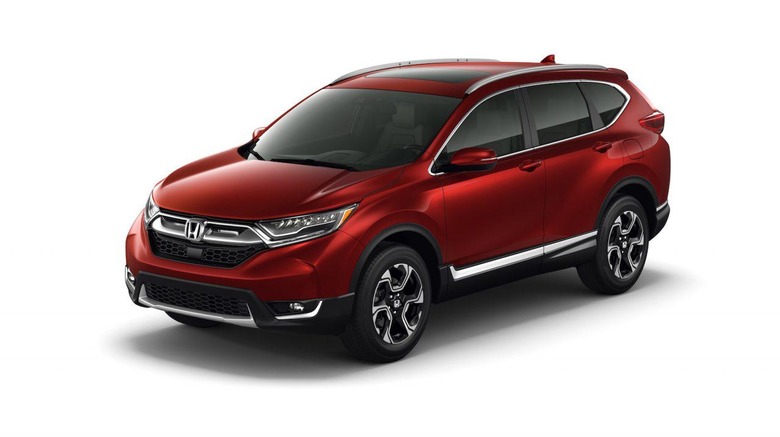
That's not the only design change with slipperiness through the air in mind, among other things. The body and chassis are all-new, while the A-pillars are narrower to boost visibility. Hood length and wheelbase have been extended, while the overhang at the rear has been cut.
It's more practical for parents and outdoors fans
A shorter rear overhang isn't the only change at the back. Honda has, for the first time, added a Hands-Free Access Power Tailgate. Triggered with a sensor under the rear bumper, all you need to do to open or close the hatch is wave your foot beneath there for a moment – useful if you've got your hands full with bikes, kids, or groceries.
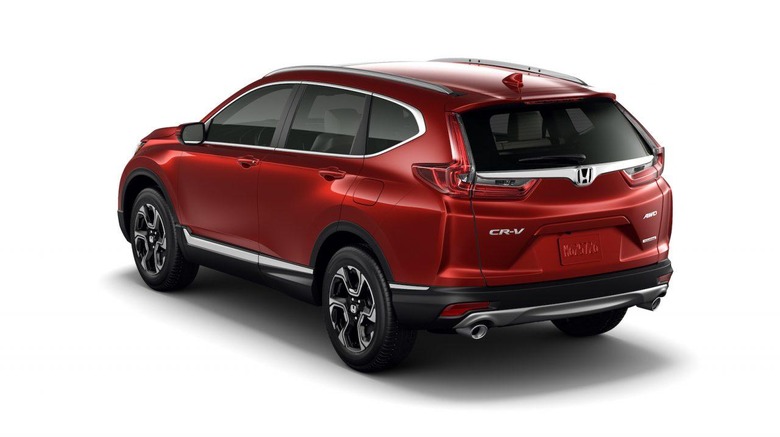
Inside, there's more cabin space than before, and rear legroom in particular has been extended to take advantage of the longer wheelbase. Honda has raised the quality of its dashboard plastics, and the seats quality is improved too. Remote engine start is offered as an option, as are heated front and rear outboard seats.
The infotainment system plays nice with your iPhone and Google Pixel
More and more people are expecting their smartphones to take priority over their car's infotainment system, and that's just what the 2017 CR-V allows. Optional is a new 7-inch touchscreen Display Audio stereo system, based on Android like that in the Civic. It has both Android Auto and Apple CarPlay support.
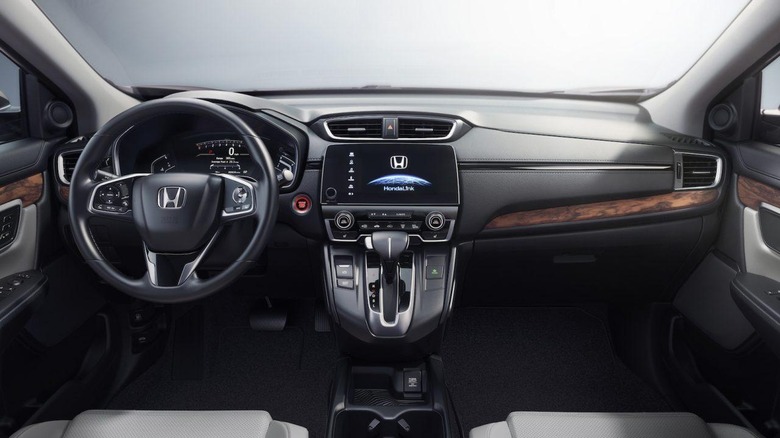
That means, by plugging your iPhone or your Android smartphone into one of the CR-V's USB ports, you can access the music, maps, messaging, and other features of your smartphone. Honda is also offering a new Satellite-Linked Navigation System, co-developed with Garmin. That uses a phone app for turn-by-turn navigation, and should be cheaper than having native support in the car.
The biggest change is a little knob
Honda may have been embracing smartphone connectivity in its latest Civic and Accord models, but there's been one lingering complaint. The company's eagerness to adopt touch interfaces has seen the traditional volume knob disappear: instead, it has used touch-sensitive sliders or buttons on the dashboard or steering wheel. Happily, the 2017 Honda CR-V addresses that in a simple, but welcome, way.
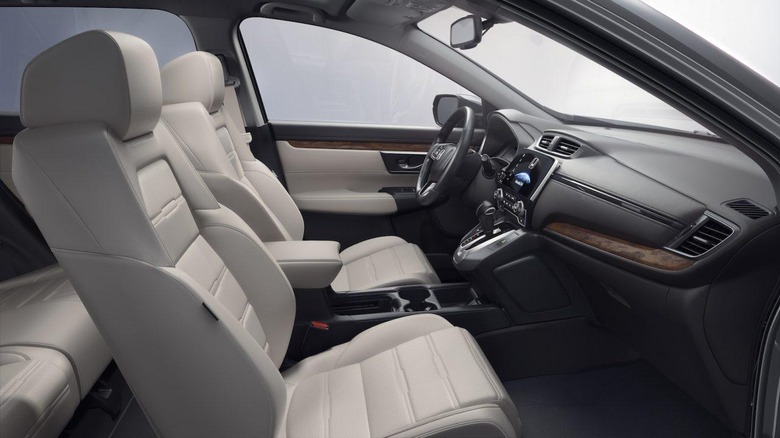
Right next to the touchscreen for the infotainment system there's now a traditional knob to control volume. It might sound like a tiny gripe, but being able to reach out – without taking your eyes off the road – and adjust the audio could be a big deal when it comes to safety. That's something Honda takes very seriously.
NOW READ: 2016 Honda CR-V Review
In fact, the 2017 CR-V is expected to score the highest available collision safety ratings, the automaker predicts. That means an NCAP 5-star Overall Vehicle Score from the NHTSA, not to mention a TOP SAFETY PICK+ rating from IIHS. Models with Honda Sensing should score the "SUPERIOR" rating for frontal crash prevention in IIHS' tests, too.
Final pricing for the 2017 Honda CR-V will be confirmed closer to launch.

